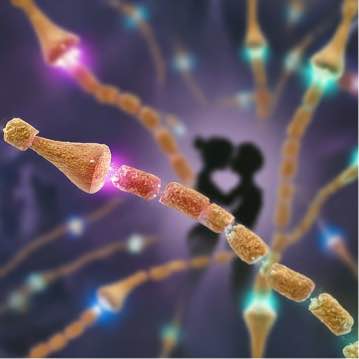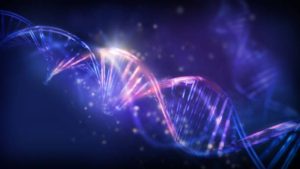
While love is a complex emotion with psychological and social aspects, molecular biology can offer some insights into the underlying physiological processes. Here’s a breakdown of the love connection from a biological perspective:
The Chemistry of Attraction:
- Hormonal Symphony: When we’re attracted to someone, our bodies release a cocktail of hormones like dopamine, oxytocin, and norepinephrine. Dopamine creates feelings of pleasure and reward, motivating us to seek contact with the person we’re attracted to. Oxytocin, often called the “love hormone,” fosters feelings of attachment and bonding. Norepinephrine increases heart rate and alertness, contributing to the excitement and butterflies-in-the-stomach feeling.
- Pheromones: These are scent molecules that humans produce unconsciously and may play a role in subconscious attraction. While the science on human pheromones is still debated, they might influence our perception of a potential partner.
The Biology of Bonding:
- Oxytocin’s Encore: As a relationship progresses, oxytocin continues to play a key role. Physical touch, like hugging or cuddling, further stimulates oxytocin release, strengthening the bond between partners.
- Attachment Hormones: The hormone vasopressin also comes into play, promoting feelings of attachment and loyalty. This hormonal interplay creates a sense of security and comfort within a relationship.
- The Pleasure Pathway: The brain’s reward system, involving dopamine and other neurotransmitters, gets activated during loving interactions. This reinforces positive feelings and motivates us to maintain the relationship.
Important to Remember:
- While biology provides a framework, love is a multifaceted experience.
- Emotional experiences, social factors, and cultural influences also contribute significantly to the feeling of love.
- The biological processes described are just a piece of the puzzle.
Overall: Molecular biology offers a glimpse into the complex dance of chemicals that contribute to the experience of love. These biological processes lay the foundation for the emotional connection and bonding that defines love.


